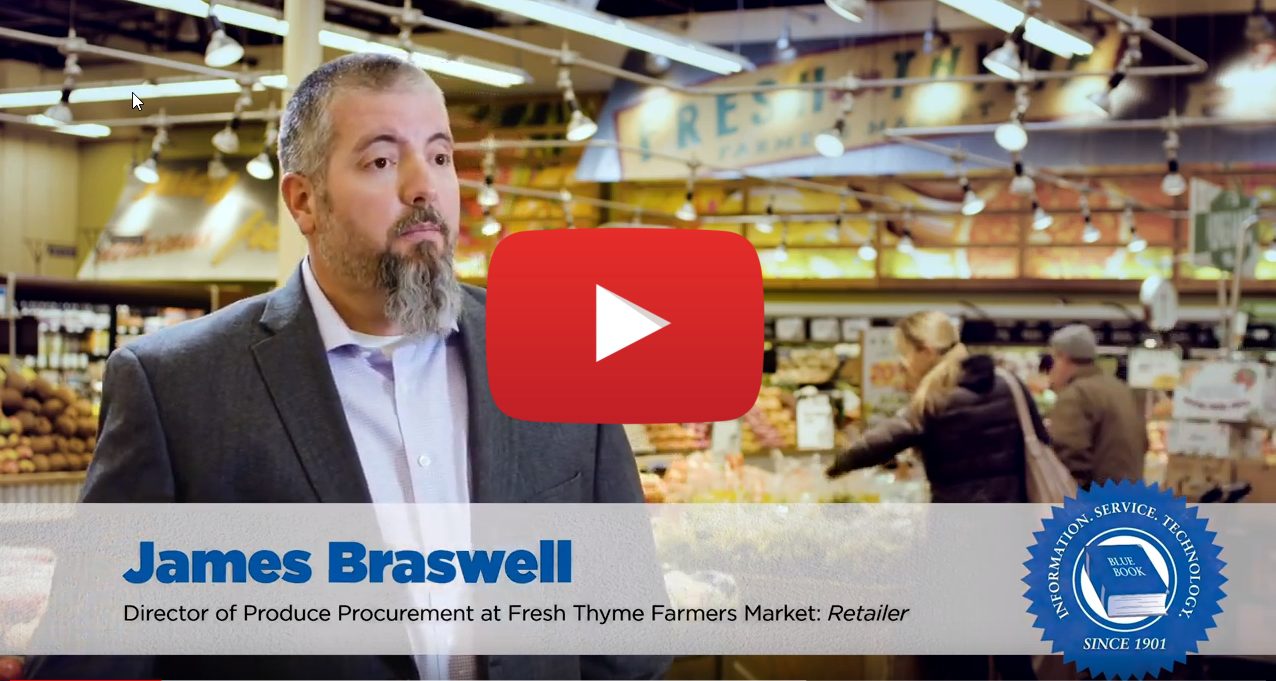Want to know more about asparagus? Find it here—from growing aspects and varieties to price patterns, consumer buying habits, and much more. With this gourmet vegetable continuing to drive wholesale and retail demand, this report details everything you need to successfully grow, ship, and market this commodity.
A Brief History and Growing Aspects
What may be the earliest depiction of asparagus existed on an Egyptian frieze dating back to 3,000 BC. It’s said that Queen Nefertiti proclaimed asparagus to be the food of the gods. Romans, in the first century BC, were the first to preserve the vegetable by freezing it in the Alps. Later, France’s King Louis XIV dubbed asparagus the “king of vegetables” and he was the first to have it cultivated in greenhouses so he could enjoy it throughout the year.
Asparagus spears are the first-day shoots of the plant in spring. As cooler temperatures arrive in autumn, the plant prepares for winter by translocating nutrients to the root (commercially called the crown). During the winter months, the plant will be dormant as soil freezes.
Once spring arrives, buds emerge as first-day shoots. If left to grow a second day, leaves will emerge and the spear will have no commercial value.
White asparagus comes from mounding soil above the crown to develop the spears in darkness, avoiding the synthesis of chlorophyll and the green color. Purple asparagus, on the other hand, has nothing to do with growing method, but is a specific variety that yields this color.
In warm climates, in mainly Californian varieties, plant hibernation is forced by cutting irrigation. Once irrigation is restarted, spears surge. In rainy regions, where hydric stress to simulate hibernation is not possible, all the ferns but one are cut and new spears will grow.
Asparagus is considered a gourmet vegetable that can typically be purchased fresh, canned, or frozen. Green and purple asparagus are generally sold as fresh produce, while white asparagus is mostly sold to processors.
Seasonal Availability and Price Patterns
The U.S. asparagus market is supplied primarily by Peru and Mexico. An analysis of market behavior for most of 2017 will illustrate patterns and key points, including weekly arrivals to U.S. markets, availability, and the resulting prices due to seasonal variations.
A countercyclical price behavior should be expected; in the Mexico and California season from January to March, when supply is high—from 7,000 to 9,000 tons per week—prices fall to the lowest point in the year, about $2 per kilogram.



